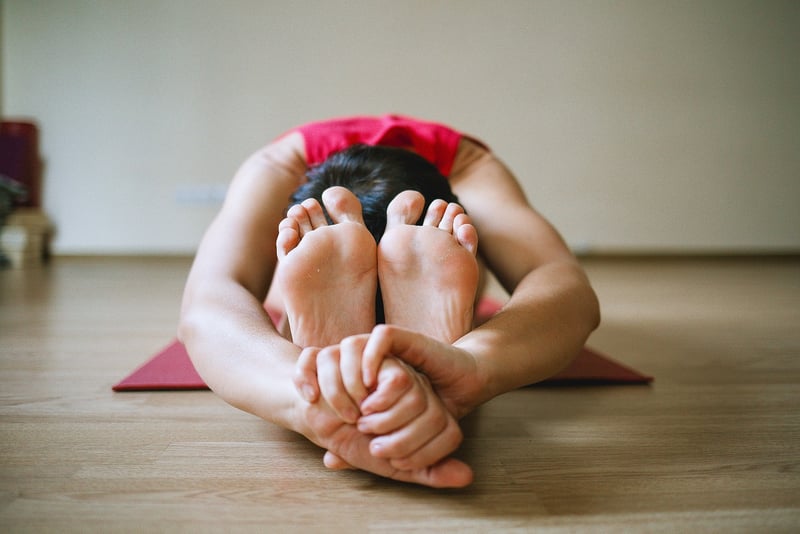Flexibility Workouts
Enhance Physical Equilibrium and Flexibility with These Workouts
Physical equilibrium and flexibility are crucial aspects of overall wellness and fitness. By incorporating specific workouts into your routine, you can improve your balance, stability, and range of motion. Whether you are a seasoned athlete or just starting your fitness journey, these exercises can benefit everyone. Read on to discover effective workouts that can help you enhance your physical equilibrium and flexibility.
1. Yoga
Yoga is a fantastic way to improve both balance and flexibility. Through a series of poses and stretches, yoga helps strengthen your core muscles, improve posture, and increase overall body awareness. Whether you prefer gentle Hatha yoga or more dynamic Vinyasa flow, practicing yoga regularly can have a profound impact on your physical equilibrium and flexibility.

2. Pilates
Pilates focuses on core strength, flexibility, and overall body awareness. By performing controlled movements and exercises, Pilates helps improve your balance, stability, and posture. Whether you attend a Pilates class or follow an online workout, incorporating Pilates into your routine can lead to enhanced physical equilibrium and flexibility.

3. Tai Chi
Tai Chi is a gentle form of martial arts that focuses on flowing movements and deep breathing. Practicing Tai Chi can improve your balance, coordination, and flexibility. The slow and deliberate nature of Tai Chi makes it suitable for individuals of all fitness levels and ages.

4. Balance Exercises
Simple balance exercises such as standing on one leg, heel-to-toe walks, or balancing on a stability ball can help improve your equilibrium and stability. Incorporating these exercises into your routine can enhance your proprioception (awareness of your body's position in space) and reduce the risk of falls.
5. Stretching Routine
A regular stretching routine can significantly improve your flexibility and range of motion. Focus on stretching major muscle groups such as hamstrings, quadriceps, calves, and shoulders. Stretching after a workout or as a standalone practice can help prevent injuries and enhance your overall physical performance.
By incorporating these workouts into your fitness regimen, you can enhance your physical equilibrium, improve your balance, and increase your flexibility. Remember to listen to your body, start slowly, and gradually progress as your strength and flexibility improve. Consult with a fitness professional or healthcare provider before starting any new exercise program, especially if you have any underlying health conditions.
